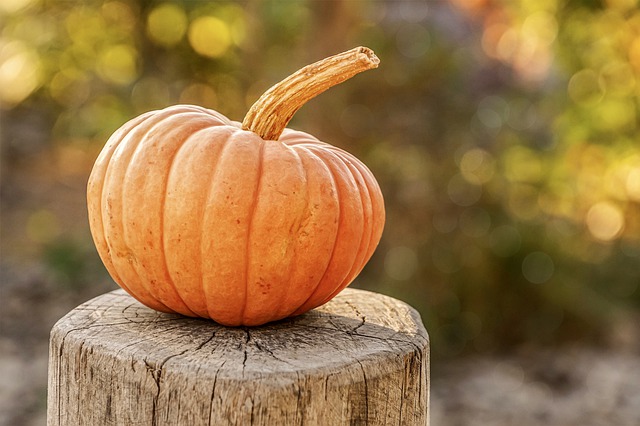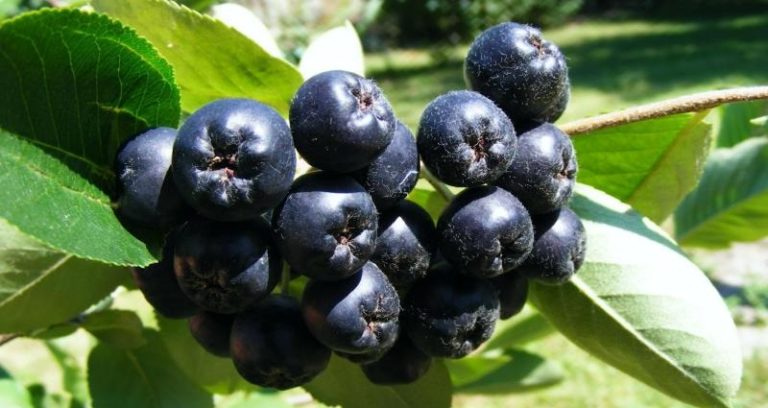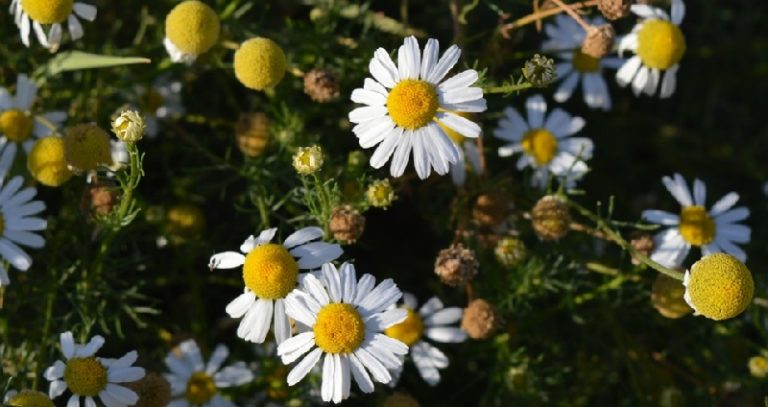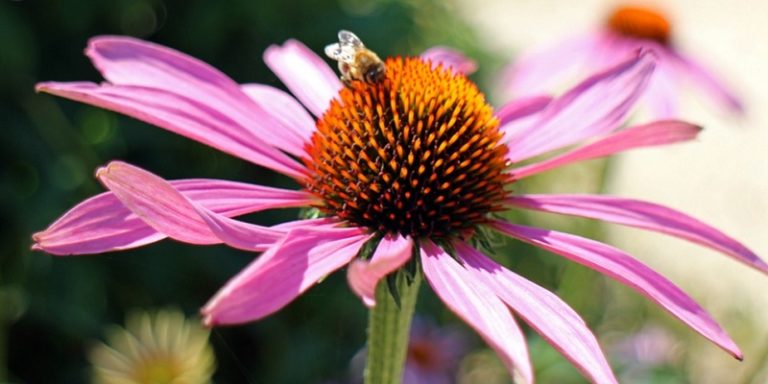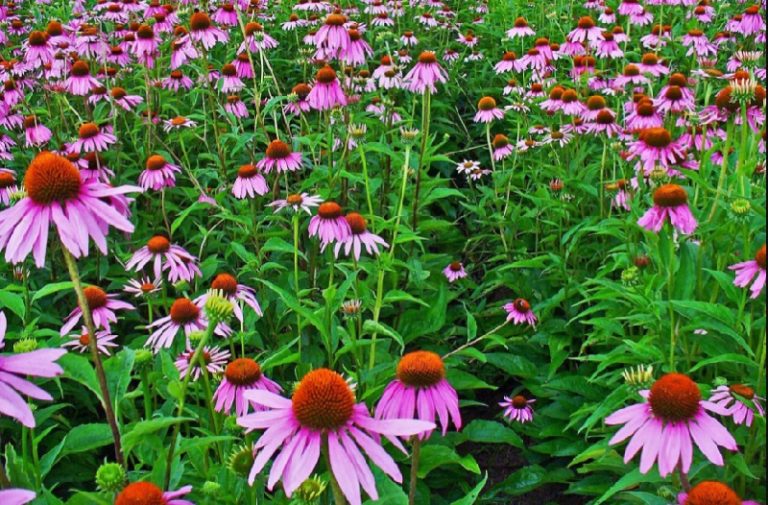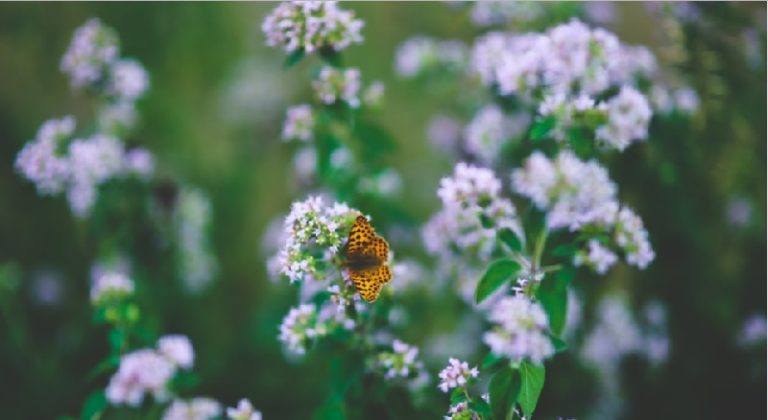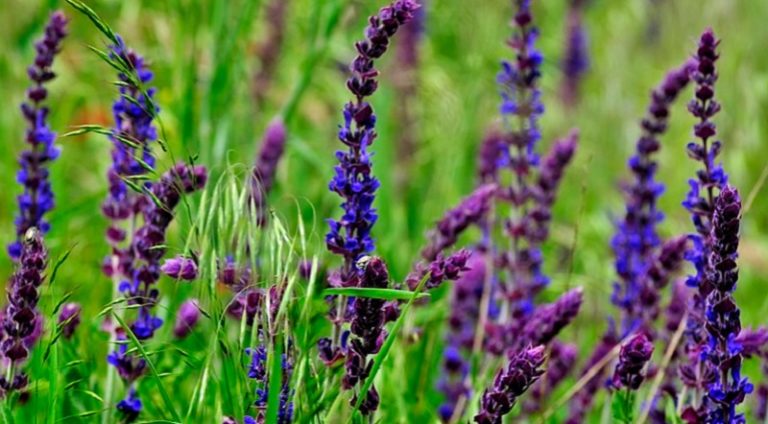Common pumpkin: description, harvesting and storage, medicinal properties
A pumpkin walks around the city… The well-known pumpkin has remarkable medicinal properties, in particular, it helps with diseases of the genitourinary system and expels worms.
Other names for common pumpkin
Table pumpkin, tavern; in Latin: Cucurbita pepo; Russian: Pumpkin Ordinary; Polish: dynia
Description of the common pumpkin (what it looks like)
Annual monoecious herbaceous plant with a creeping stem, five-lobed leaves and large yellow funnel-shaped, bell-shaped unisexual flowers. It reaches a length of up to 6 meters. The fruit is berry-shaped, large, spherical or elongated. It blooms in July-August.
Regions of growth of common pumpkin
Pumpkin is a cultivated plant, it is grown in Ukraine in vegetable gardens and melons.
Harvesting and storage of common pumpkin
For medicinal purposes, pumpkin seeds, peeled, “milk” from them, as well as the inner pulp of the fruit are used. Seeds are harvested from ripe fruits in the fall. The shelf life of seeds is 1 year.
Chemical composition of common pumpkin
Common pumpkin fruits contain sugars (glucose, fructose, sucrose), organic acids (mostly malic), carotene (up to 6 milligram percent), ascorbic (8-20 mg%), folic acid (14 μg/100 g), pantonenic (0.4 mg%) and nicotinic (0.5 mg%) acids, vitamin B6 (0.13 mg%), riboflavin, thiamine, a significant amount of minerals (potassium – 170 mg%, iron – 100, copper – 180, fluorine – 86, zinc – 240 μg/100 g, calcium, phosphorus).
The composition of the seeds includes fatty oil (about 20%), phytosterol, cucurbitol, resinous substances, organic acids, B vitamins, ascorbic acid.
Pharmacological action of common pumpkin
Pumpkin has a diuretic, choleretic and anthelmintic effect. Pumpkin pulp improves bowel function in constipation, increases bile secretion, enhances water and salt metabolism, filtration function of the kidneys, provides intensive chlorine excretion, which, in fact, contributes to urination.
Pumpkin seeds are used as an effective remedy against various tapeworms (tapeworm, dwarf tapeworm). In folk medicine, it is also used for diseases of the genitourinary organs, especially when blood is found in the urine and when spasms interfere with urination.
According to the materials:
- Medicinal plants: Encyclopedic reference book/Rev. Ed. A. M. Grodzinsky. — Kyiv: Ukrainian Encyclopedia. M. P. Bazhana, Ukrainian Production and Commercial Center Olympus, 1992.
- Mamchur I. Handbook of phytotherapy. — Kyiv: Health, 1984.
- Nosal M. A., Nosal I. M. Medicinal plants and ways of their application among the people. — Kyiv, 2013.
- Karhut V. V. Medicines around us. — Kyiv: Zdorov’ya, 1974.
- Alekseev I. S. Complete Atlas of Medicinal Plants. — Donetsk: Gloria Trade, 2013.
- Lypa Y. I. Medicines under the feet: On treatment with plants. — Kyiv: Ukraina, 1996.

